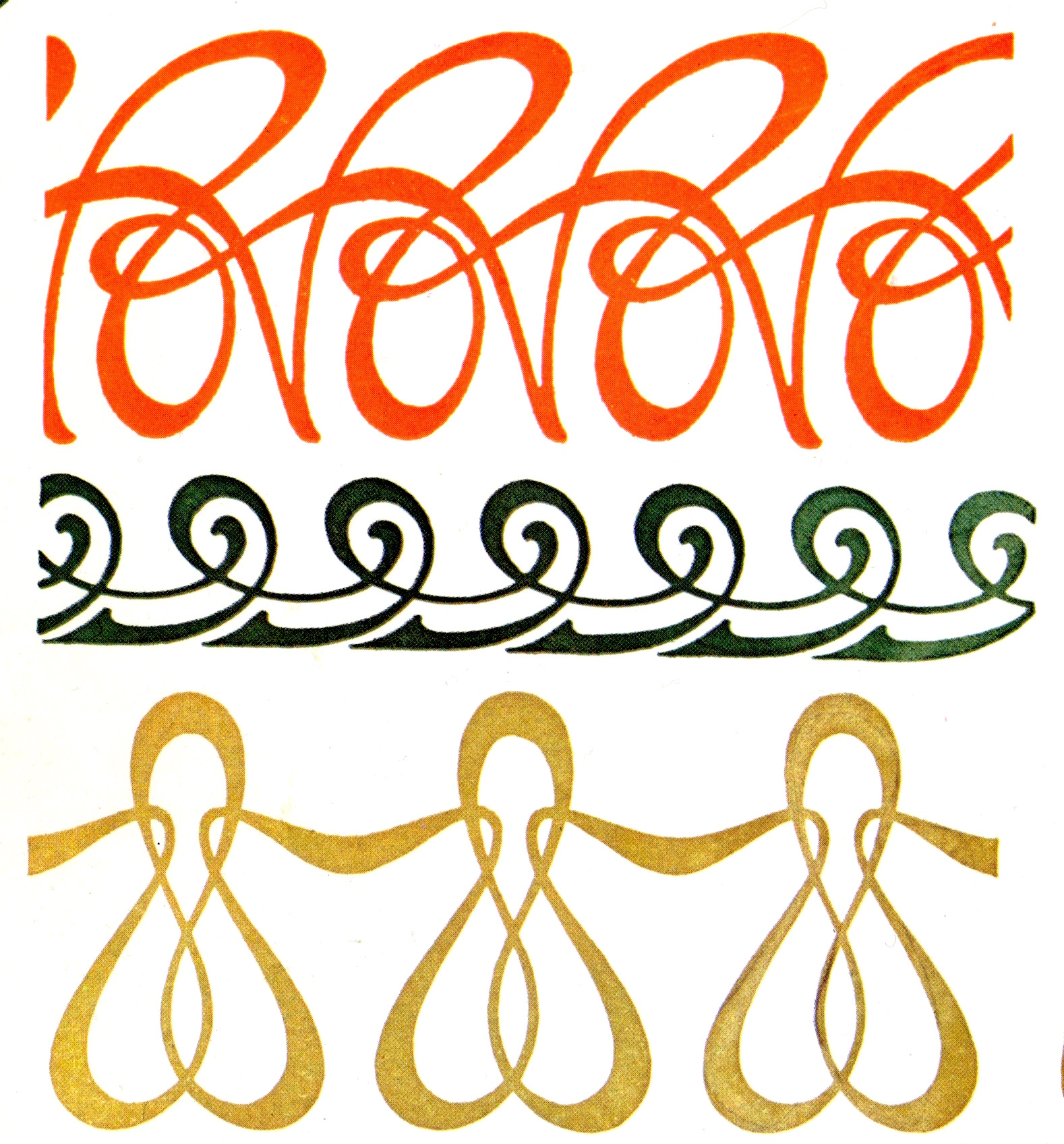Working Translation

I saw this painting at the National Gallery about ten days ago, at the same time I received some thought-provoking criticisms of my Flusser translations. It made me want to clarify–and defend–my sense of what I’m trying to do as a translator. I aspire to a “working” translation.
For Flusser, only the author of the text in question is qualified to generate a “true” translation. So, my translation can never be “true,” and I don’t think that was ever part of my ambition. To me, Flusser’s texts are taut and lively. They present a radical, exciting message in an oddly very strict, orderly form. I’ve done my best to put his thought in a vernacular English that conveys something of the grammatical and structural fastidiousness of the text with the variously inquisitive, combative, or radically new messages. My primary concern is that the translation “work,” in the sense of bringing a contemporary reader into the presence of a highly disciplined, erudite mind, capable of very broad, fantastic speculation, and intensely engaged with the broad issues of our present and future lives together, as human beings. If my translation “works,” the reader will think again, perhaps protest, argue…
Jerome looks so serene in the painting…like part of an huge, orderly pattern of beings and things…hard to see it all that way now.



